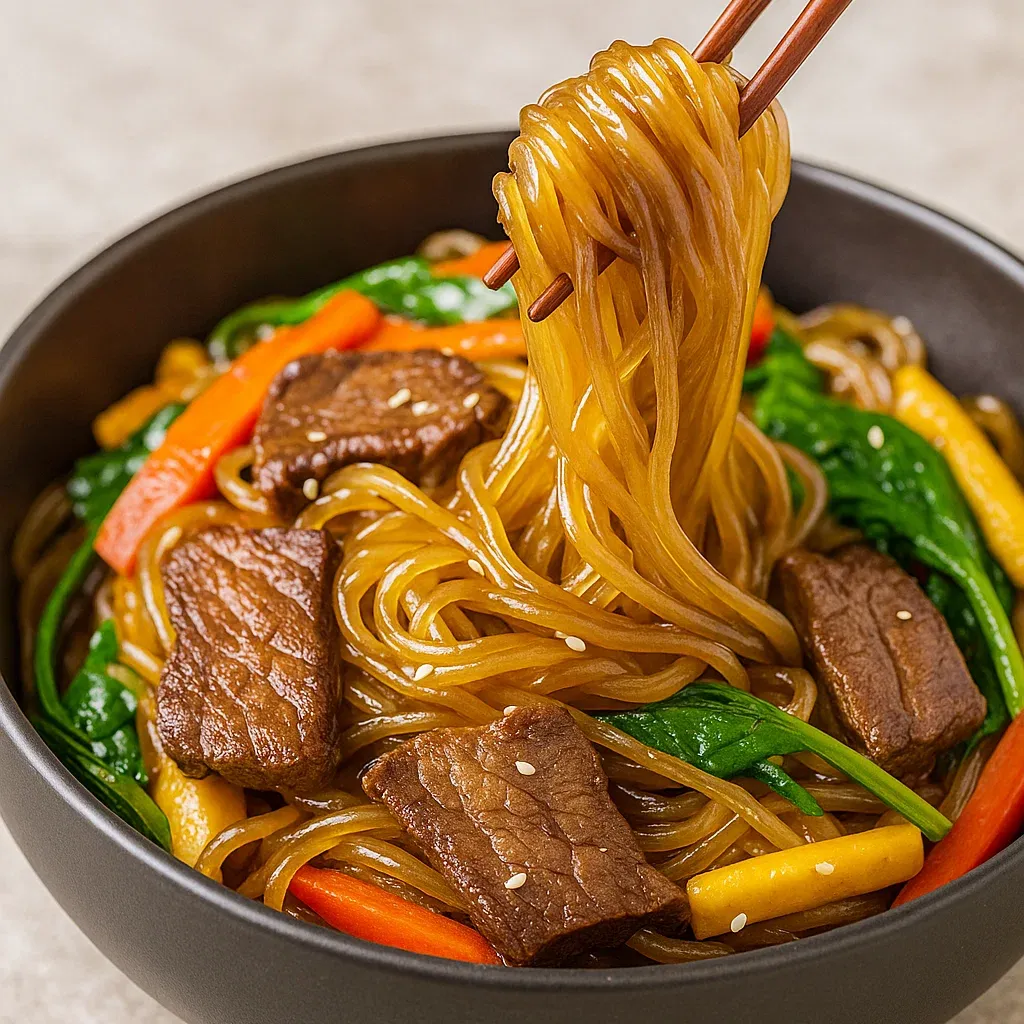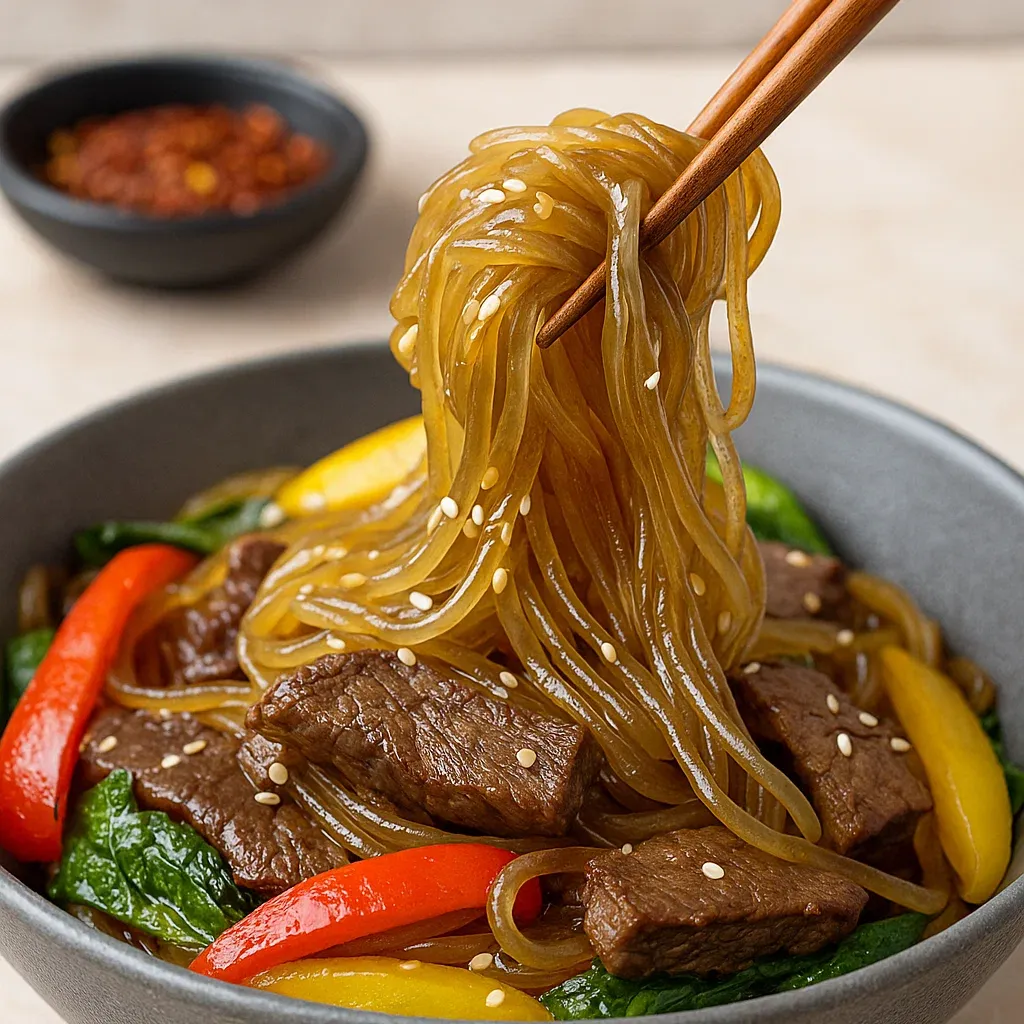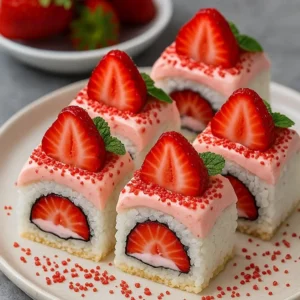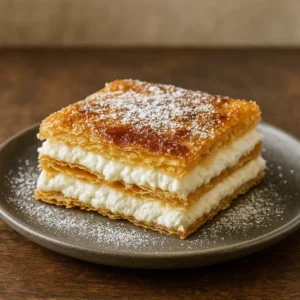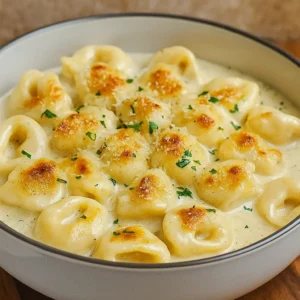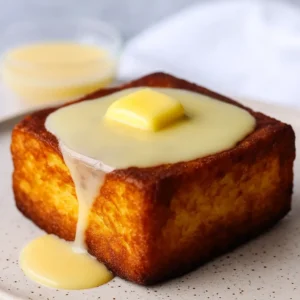Prep Time: 30 minutes | Cook Time: 30 minutes | Total Time: 1 hour | Serves: 4-6
Experience the magic of authentic Korean japchae, one of Korea’s most beloved dishes that perfectly balances chewy sweet potato glass noodles with tender marinated beef and a rainbow of crisp-tender vegetables. This Korean japchae recipe delivers restaurant-quality results at home, featuring that signature bouncy texture and umami-rich sauce that makes this dish absolutely irresistible.
Korean japchae isn’t just a noodle dish – it’s a celebration of textures and flavors that has been cherished for centuries. The translucent sweet potato noodles absorb every drop of the savory-sweet sauce, while each vegetable contributes its unique flavor and crunch. When you master this Korean japchae recipe, you’ll understand why it’s served at special occasions and family gatherings throughout Korea.
What Makes This Korean Japchae Special
The beauty of authentic Korean japchae lies in its meticulous preparation. Unlike rushed stir-fries, traditional Korean japchae requires cooking each component separately to achieve perfect textures. The sweet potato glass noodles maintain their distinctive chewiness, the beef stays tender and flavorful, and each vegetable retains its individual character while harmonizing with the whole.
This Korean japchae recipe follows time-honored techniques passed down through generations. The key is patience – allowing each element to reach its ideal doneness before combining everything with that magical sauce that ties it all together. The result is a dish that’s both visually stunning and incredibly satisfying.
Premium Ingredients for Authentic Korean Japchae
Essential Noodle Foundation:
- 8 oz Korean sweet potato glass noodles (dangmyeon) – the heart of authentic Korean japchae, these translucent noodles provide that signature chewy texture
- 2 tablespoons toasted sesame oil for coating the noodles and preventing sticking
Marinated Beef Components:
- 8 oz boneless short ribs or ribeye steak, sliced paper-thin against the grain
- 2 tablespoons soy sauce for the marinade
- 1 tablespoon brown sugar to tenderize and add subtle sweetness
- 1 tablespoon rice wine or mirin for depth of flavor
- 1 teaspoon sesame oil for richness
- 2 cloves garlic, minced for aromatic punch
- ½ teaspoon black pepper for gentle heat
Colorful Vegetable Medley:
- 1 large carrot, julienned into thin matchsticks
- 1 red bell pepper, sliced into thin strips
- 1 medium yellow onion, thinly sliced
- 6 oz fresh shiitake mushrooms, stems removed and caps sliced
- 4 oz fresh spinach, cleaned and trimmed
- 3 green onions, cut into 2-inch pieces
Signature Japchae Sauce:
- 4 tablespoons soy sauce (the foundation of Korean japchae flavor)
- 2 tablespoons brown sugar for that essential sweet-savory balance
- 2 tablespoons toasted sesame oil for nutty richness
- 1 tablespoon rice vinegar for subtle tang
- 2 cloves garlic, minced for aromatic depth
- 1 teaspoon fresh ginger, grated for bright warmth
Finishing Touches:
- 2 large eggs for traditional egg garnish (jidan)
- 2 tablespoons toasted sesame seeds for crunch and visual appeal
- Extra sesame oil for final drizzling
Step-by-Step Instructions for Perfect Korean Japchae
Preparing Your Korean Japchae Foundation:
Step 1: Marinate the Beef for Maximum Flavor In a medium bowl, whisk together soy sauce, brown sugar, rice wine, sesame oil, minced garlic, and black pepper until the sugar completely dissolves. Add your thinly sliced beef, ensuring every piece is thoroughly coated. Cover and refrigerate for at least 30 minutes, or up to 3 hours for deeper flavor penetration. This marinating step is crucial for tender, flavorful meat in your Korean japchae.
Step 2: Master the Glass Noodle Technique Bring a large pot of water to a vigorous boil. Add the sweet potato glass noodles and cook for 5-7 minutes until they’re tender but still have that characteristic chewy bite – they should never be mushy in authentic Korean japchae. Drain immediately and rinse with cold water to stop the cooking process. Using kitchen shears, cut the noodles into manageable 6-8 inch lengths, then toss with 1 tablespoon sesame oil to prevent sticking.
Step 3: Create the Perfect Sauce Base While the noodles cool, prepare your Korean japchae sauce by whisking together soy sauce, brown sugar, sesame oil, rice vinegar, minced garlic, and grated ginger in a small bowl. Stir until the sugar completely dissolves and the mixture is smooth. This sauce is what transforms simple ingredients into the complex, satisfying flavors that define Korean japchae.
Cooking Components for Optimal Korean Japchae:
Step 4: Prepare the Traditional Egg Garnish Beat the eggs with a pinch of salt. Heat a non-stick pan over medium-low heat with a thin layer of oil. Pour in the beaten eggs and cook without stirring, creating a thin omelet. Once set, remove from heat, cool slightly, and slice into thin strips. This colorful egg garnish adds visual appeal and protein to your Korean japchae.
Step 5: Cook Vegetables in Precise Order Heat 1 tablespoon of vegetable oil in a large skillet or wok over medium-high heat. Cook the carrots first (2-3 minutes), as they take longest to become tender-crisp. Remove and set aside. Repeat this process with each vegetable in order: bell peppers (2 minutes), onions (2 minutes), mushrooms (3 minutes), and finally spinach (30 seconds until just wilted). This separate cooking technique ensures each vegetable maintains its perfect texture in the final Korean japchae.
Step 6: Sear the Marinated Beef to Perfection In the same hot skillet, add the marinated beef along with its marinade. Cook for 2-3 minutes, stirring constantly, until the beef is just cooked through and beautifully caramelized. Don’t overcook – the thin slices cook very quickly and can become tough if overdone.
Final Assembly of Your Korean Japchae:
Step 7: Combine with Restaurant Technique In a large mixing bowl, combine the cooked noodles with half of your prepared sauce. Toss thoroughly with tongs or clean hands until every noodle glistens with sauce. Add all the cooked vegetables and beef, then drizzle with the remaining sauce. Gently fold everything together, being careful not to break the delicate noodles.
Step 8: Perfect the Final Presentation Transfer your Korean japchae to a large serving platter. Arrange the colorful egg strips on top for traditional presentation. Sprinkle generously with toasted sesame seeds and finish with a final drizzle of sesame oil. Garnish with extra green onions if desired. Serve immediately while warm, or at room temperature as is traditional with Korean japchae.
Pro Tips for Restaurant-Quality Korean Japchae
Knife Skills Matter: Cut all vegetables uniformly for even cooking and professional appearance. Paper-thin beef slices are essential for tender results.
Temperature Control: Keep vegetables crisp-tender by cooking over high heat for short periods. Overcooked vegetables will make your Korean japchae mushy.
Sauce Distribution: Toss noodles with sauce while they’re still slightly warm for maximum absorption and flavor development.
Make-Ahead Secret: Korean japchae actually improves in flavor when made several hours ahead, as the noodles continue absorbing the sauce.
Authentic Serving: Traditional Korean japchae is served at room temperature, not piping hot, allowing all flavors to meld perfectly.
Perfect Pairings and Serving Suggestions
Korean japchae works beautifully as a standalone meal or as part of a larger Korean feast. Its balanced nutrition makes it satisfying enough for dinner, while its elegant presentation makes it perfect for special occasions. The dish pairs wonderfully with simple steamed rice and traditional Korean side dishes.
Complete Your Korean Meal Experience:
Create an authentic Korean dining experience by pairing your homemade Korean-japchae with these complementary dishes:
- Fresh Vibrant Salads – Try crisp cucumber salads or spicy cabbage slaws that provide refreshing contrast to the rich flavors of Korean japchae
- Flavored Dips & Marinades – Discover Korean-inspired sauces like gochujang aioli or sesame dipping sauces that complement this Korean japchae perfectly
- Hearty Main Dishes – Explore grilled Korean BBQ recipes that pair beautifully with Korean-japchae as a side dish
- Tasty Snacks – Find Korean appetizer recipes like vegetable pancakes or kimchi that round out your Korean -apchae meal
- Refreshing Beverages – Cool Asian-inspired drinks that cleanse the palate between bites of this flavorful Korean japchae
Storage and Reheating Your Korean-Japchae
One of the wonderful qualities of Korean japchae is how well it keeps and travels. Store leftovers in the refrigerator for up to 3 days in an airtight container. The flavors actually continue to develop and improve over time, making day-old Korean japchae even more delicious than when freshly made.
To reheat, you can warm it gently in a large skillet with a splash of water, or enjoy it cold or at room temperature as it’s traditionally served. Many Korean families prefer Korean japchae at room temperature because the flavors are more pronounced and the textures are ideal.
Creative Variations of Korean Japchae
While this recipe represents traditional Korean japchae, the dish is wonderfully adaptable. Create a vegetarian version by omitting the beef and adding extra mushrooms or firm tofu. For seafood lovers, substitute the beef with shrimp or scallops, adjusting cooking times accordingly.
You can also experiment with different vegetables based on what’s seasonal or available. Bell peppers, zucchini, bean sprouts, or bok choy all work beautifully in Korean japchae. The key is maintaining the balance of colors, textures, and flavors that make this dish so special.
Cultural Significance of Korean Japchae
Korean japchae holds special meaning in Korean culture, traditionally served during celebrations, holidays, and important family gatherings. The long noodles symbolize longevity and good fortune, making Korean japchae an essential dish for birthdays and New Year celebrations.
Originally created in the 17th century for King Gwanghaegun, Korean japchae has evolved from a simple vegetable dish to the noodle-centered masterpiece we know today. Learning to make authentic Korean japchae connects you to centuries of Korean culinary tradition and family cooking wisdom.
Nutritional Benefits of Korean-Japchae
Beyond its incredible taste, Korean-japchae offers excellent nutritional balance. Sweet potato noodles are naturally gluten-free and provide complex carbohydrates and fiber. The variety of colorful vegetables delivers essential vitamins, minerals, and antioxidants, while the lean beef contributes high-quality protein.
The sesame oil and sesame seeds provide healthy fats and add nutty flavor. Unlike many takeout versions, homemade Korean japchae allows you to control sodium levels and use fresh, high-quality ingredients throughout.
Why This Korean-Japchae Recipe Will Become Your Favorite
This Korean japchae recipe represents the perfect balance of authenticity and accessibility. While it requires some time and attention to detail, every step is straightforward and manageable for home cooks. The results rival the best Korean restaurants, giving you the satisfaction of mastering a beloved traditional dish.
The beauty of Korean-japchae lies not just in its incredible flavors, but in the meditative process of preparation. Taking time to cook each component properly, watching the colorful ingredients come together, and finally tasting that perfect harmony of sweet, savory, and umami – it’s a cooking experience that nourishes both body and soul.
Whether you’re new to Korean cuisine or a longtime fan, this Korean-japchae recipe will become a treasured addition to your cooking repertoire. It’s the kind of dish that brings people together, celebrates special occasions, and turns an ordinary dinner into something memorable and meaningful.
Ready to explore more amazing Asian-inspired dishes? Check out our Dinner Delights and Perfect Sides for more recipes that pair beautifully with your homemade Korean japchae.

